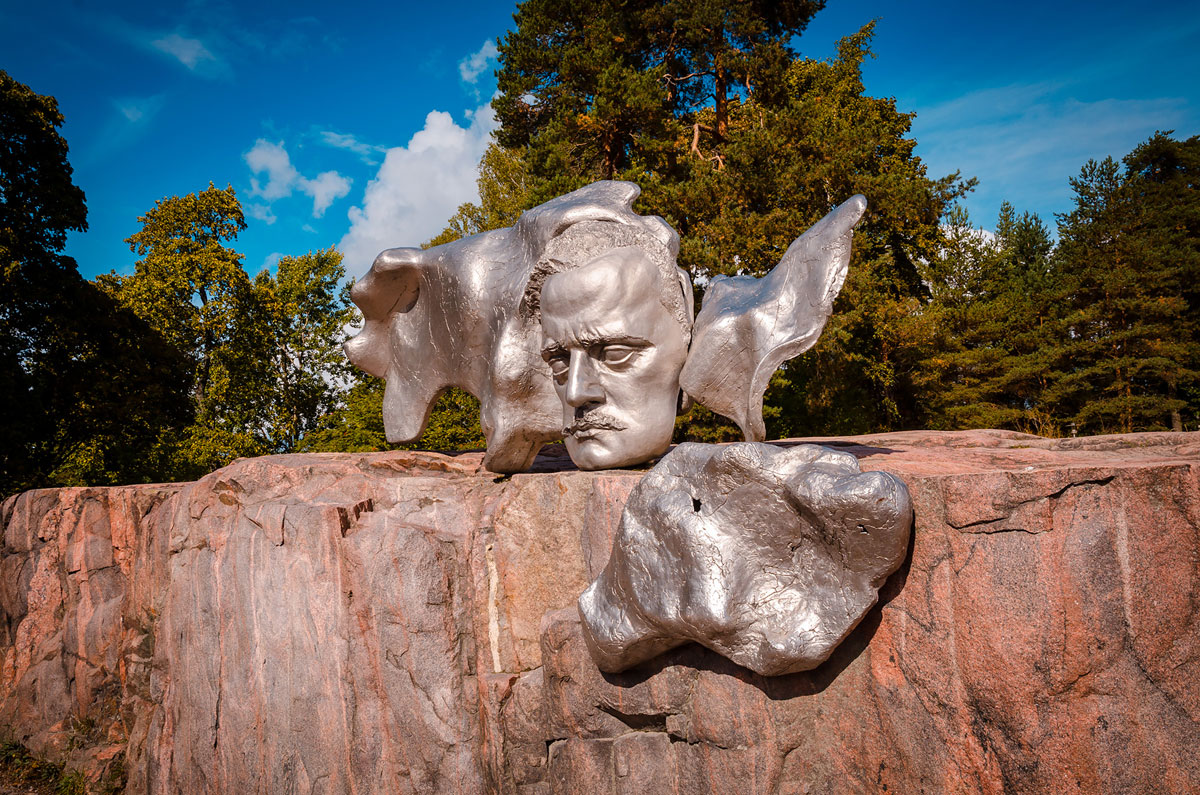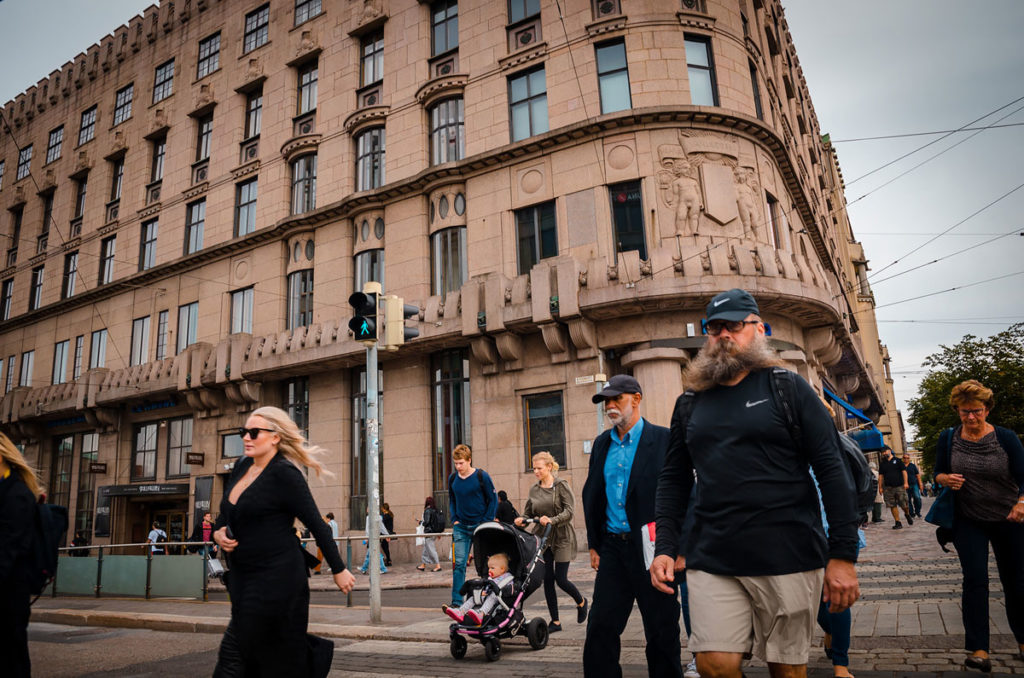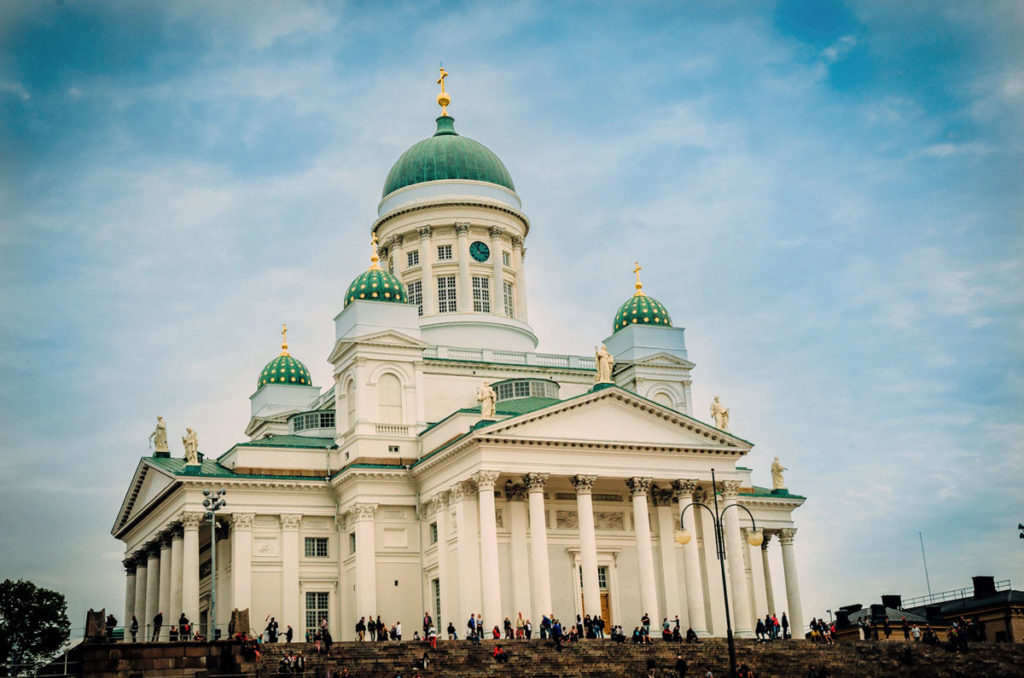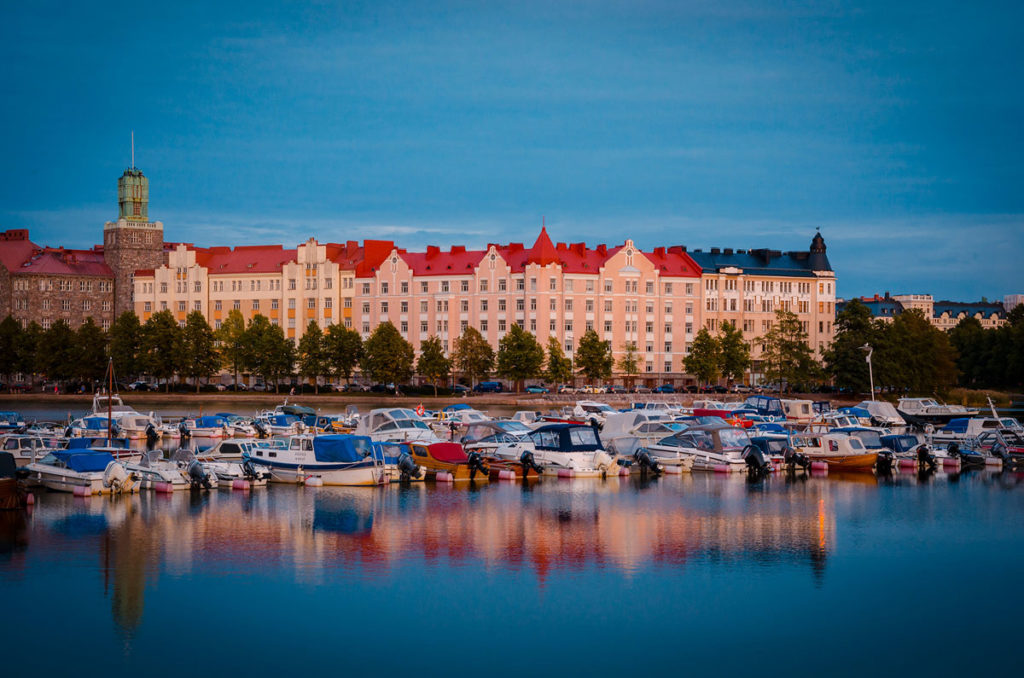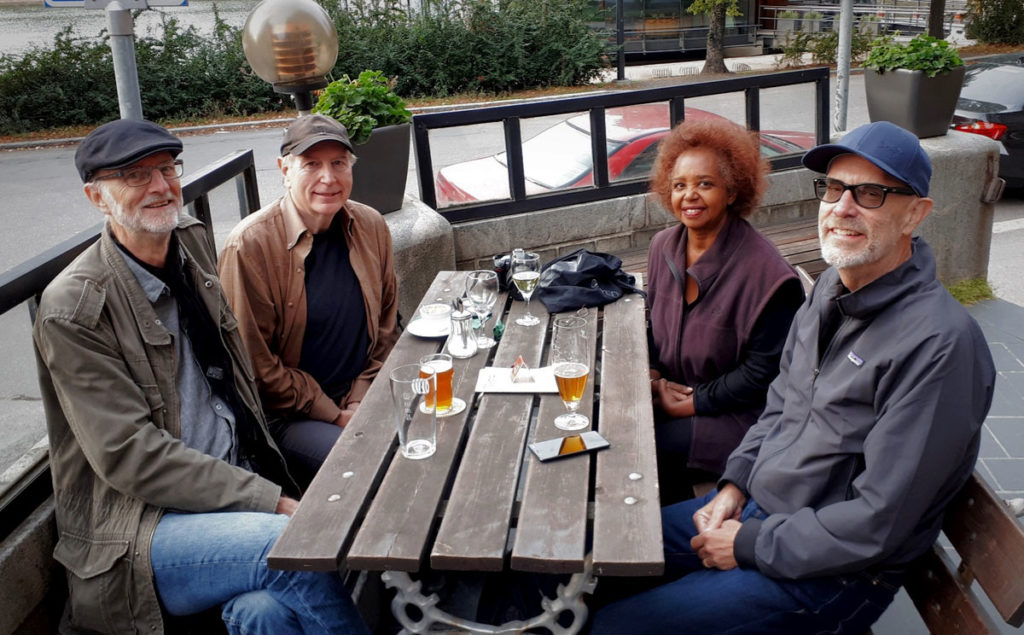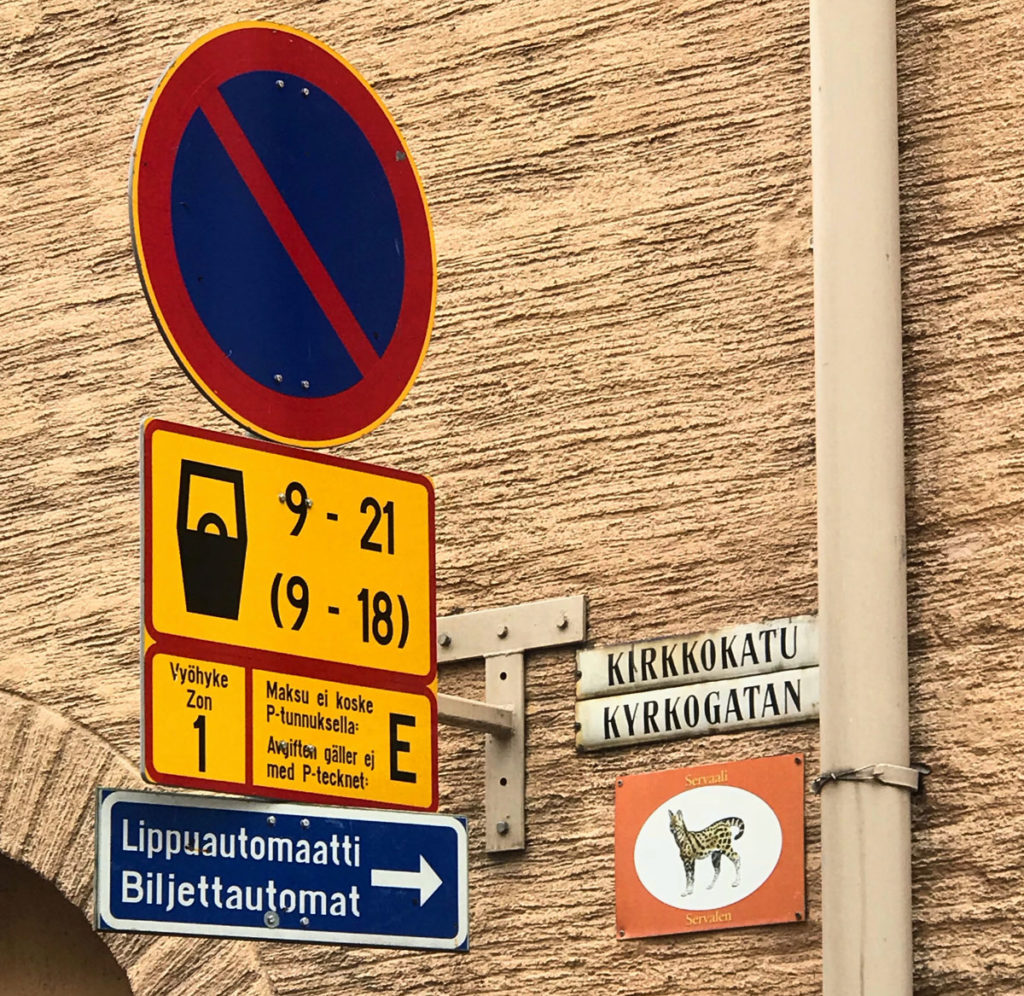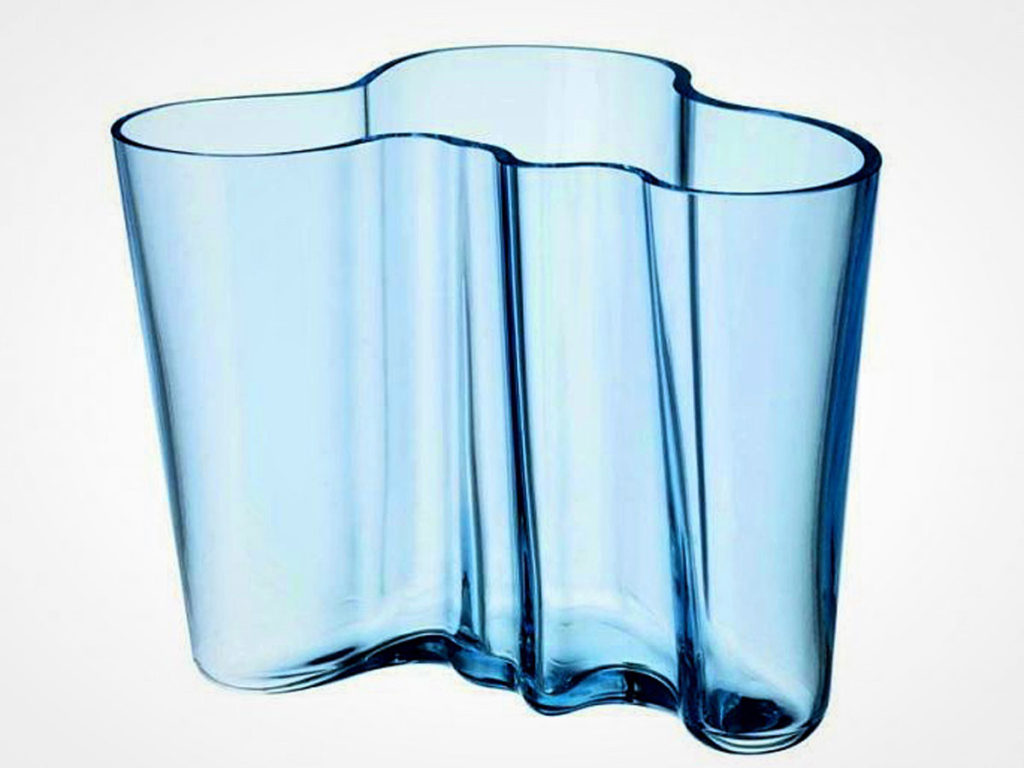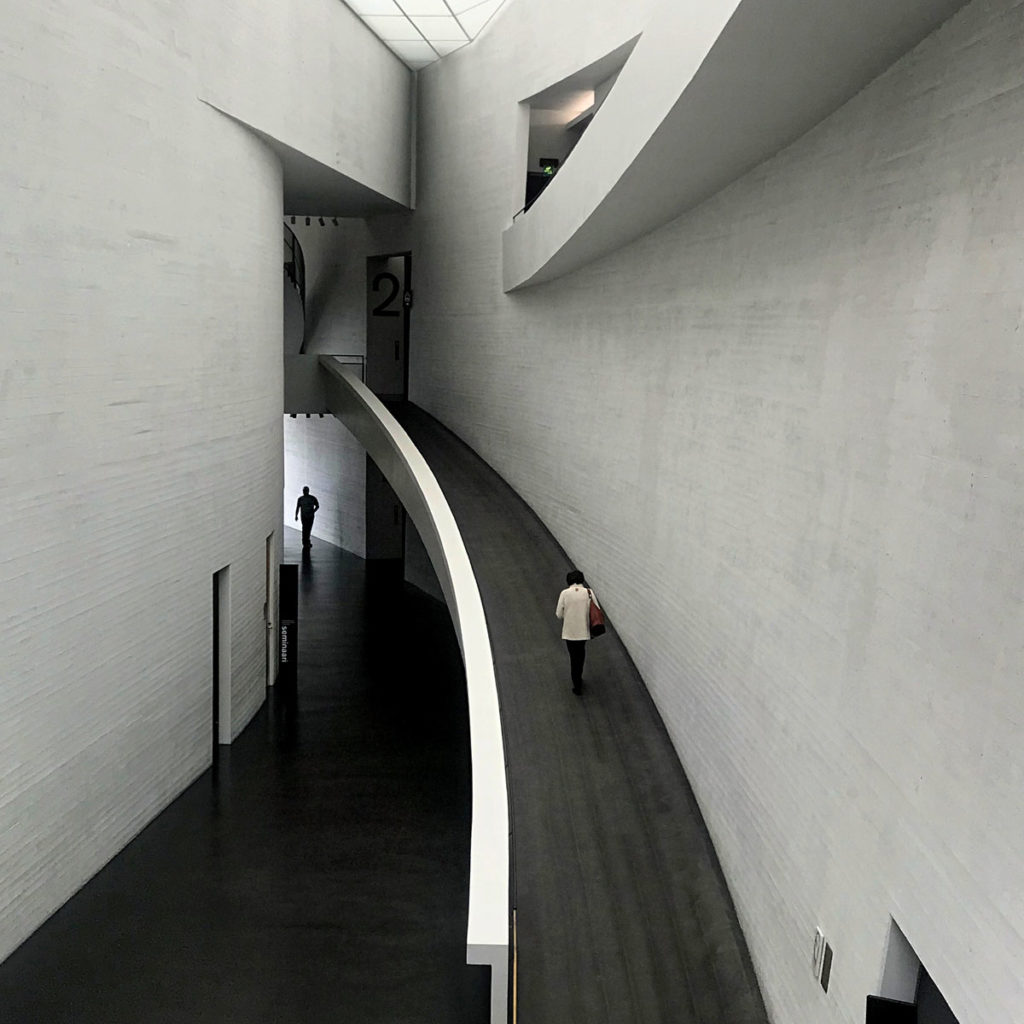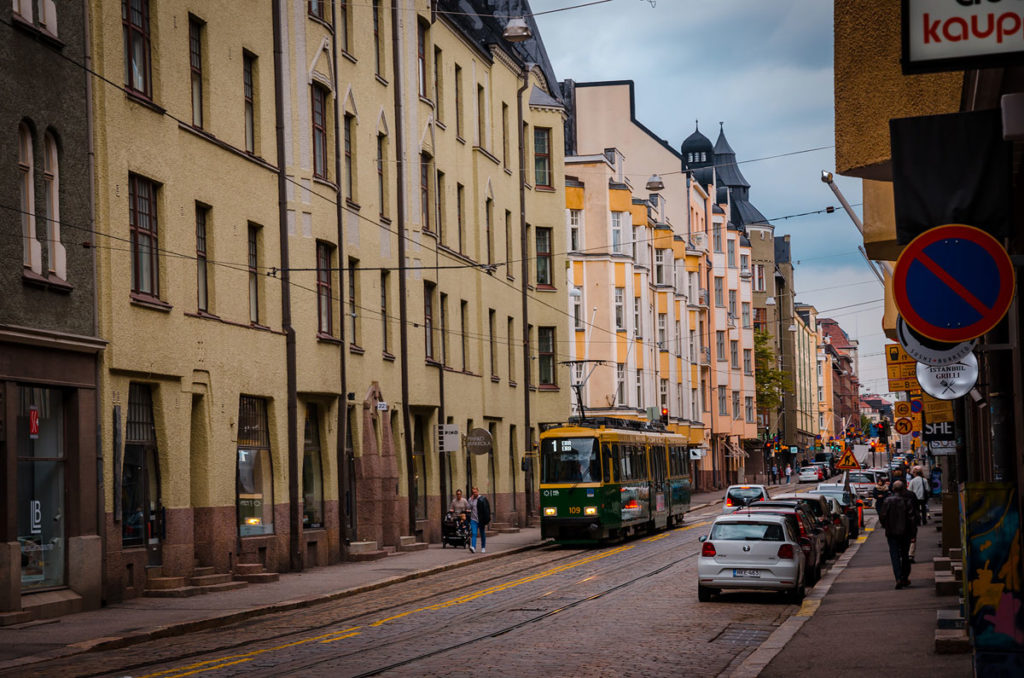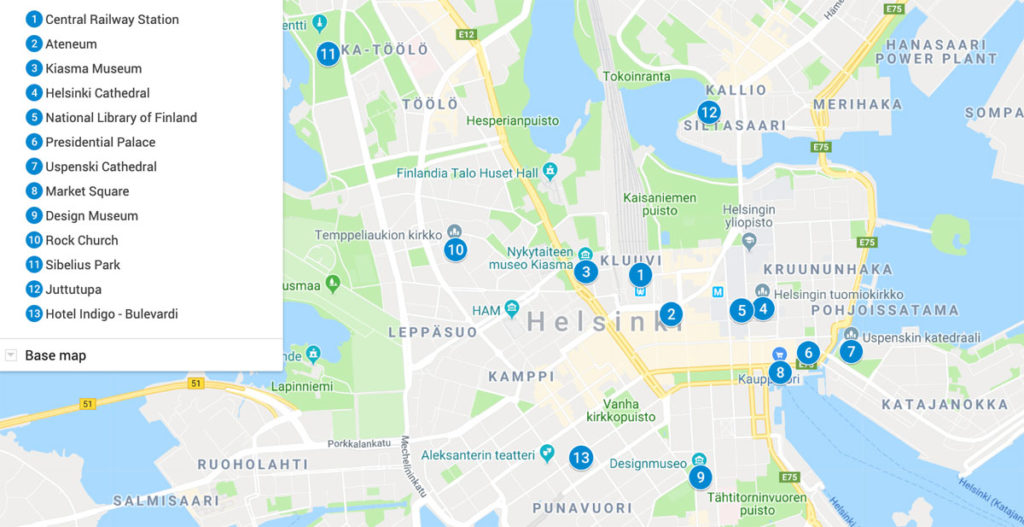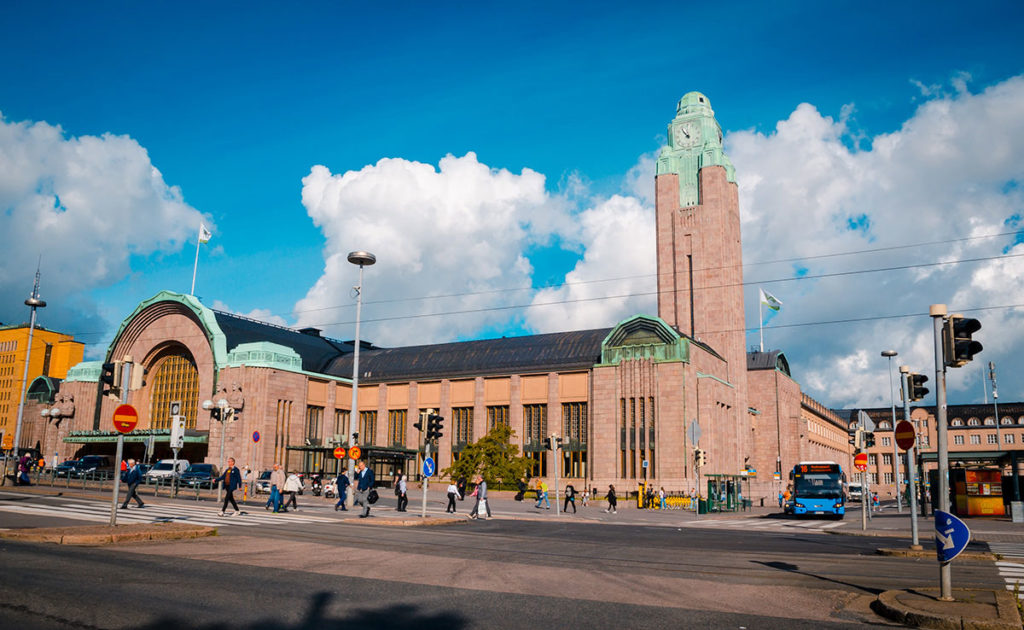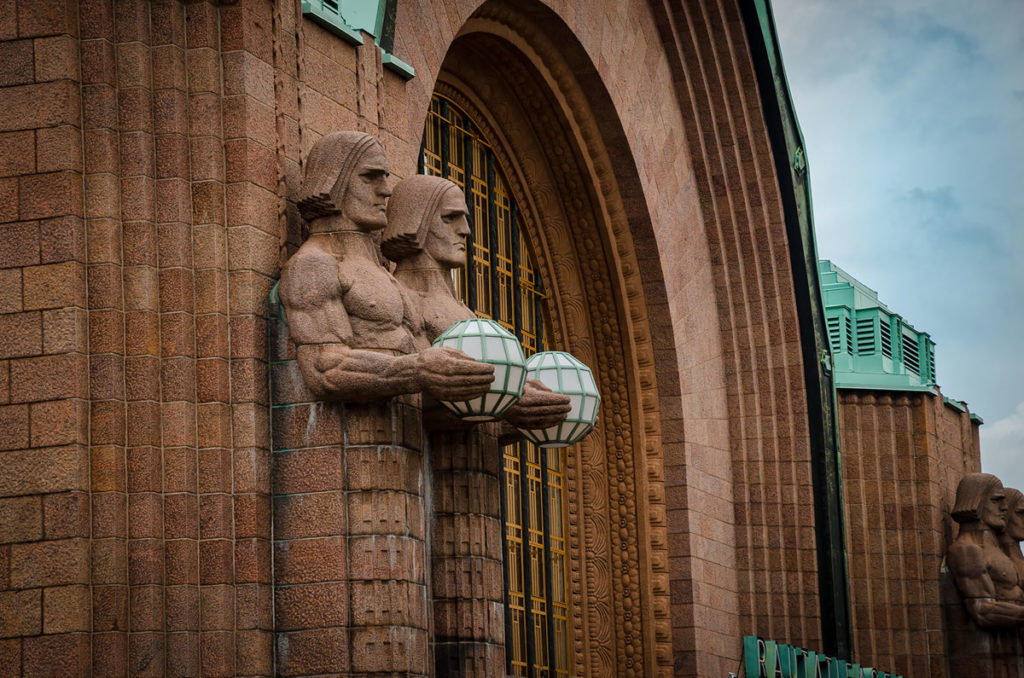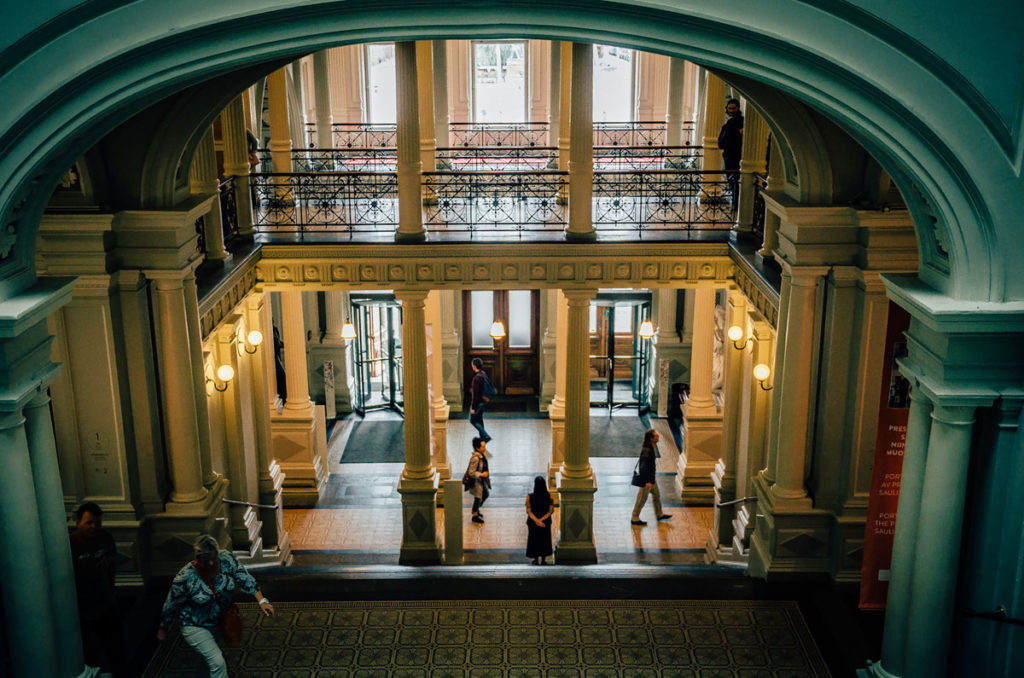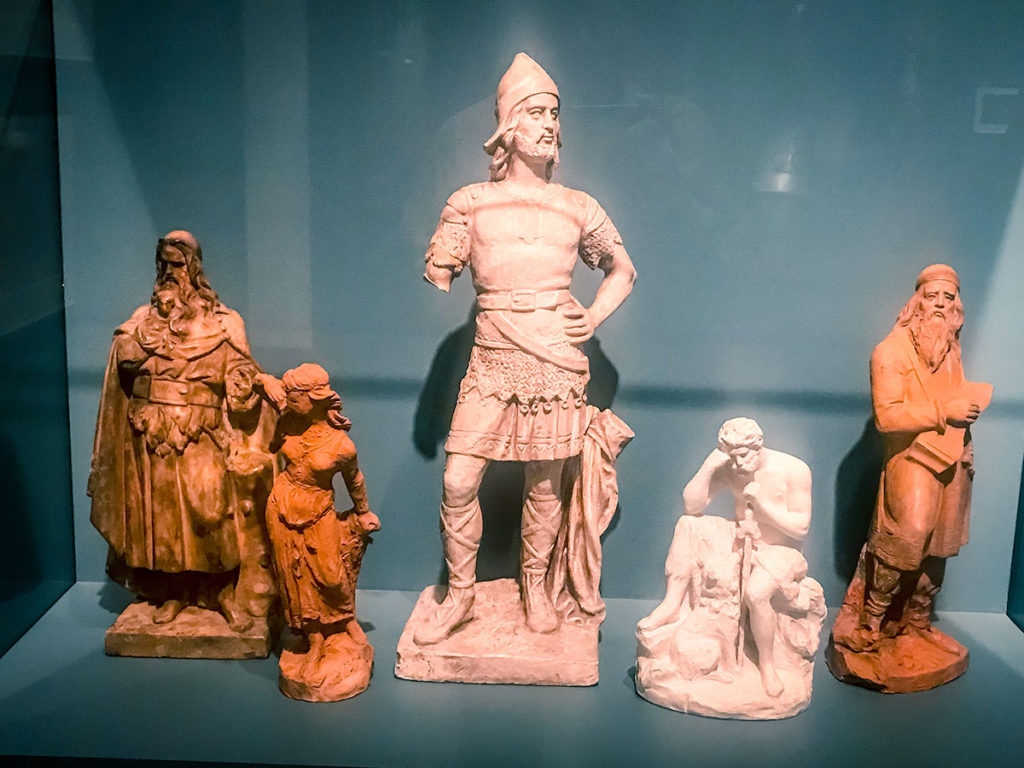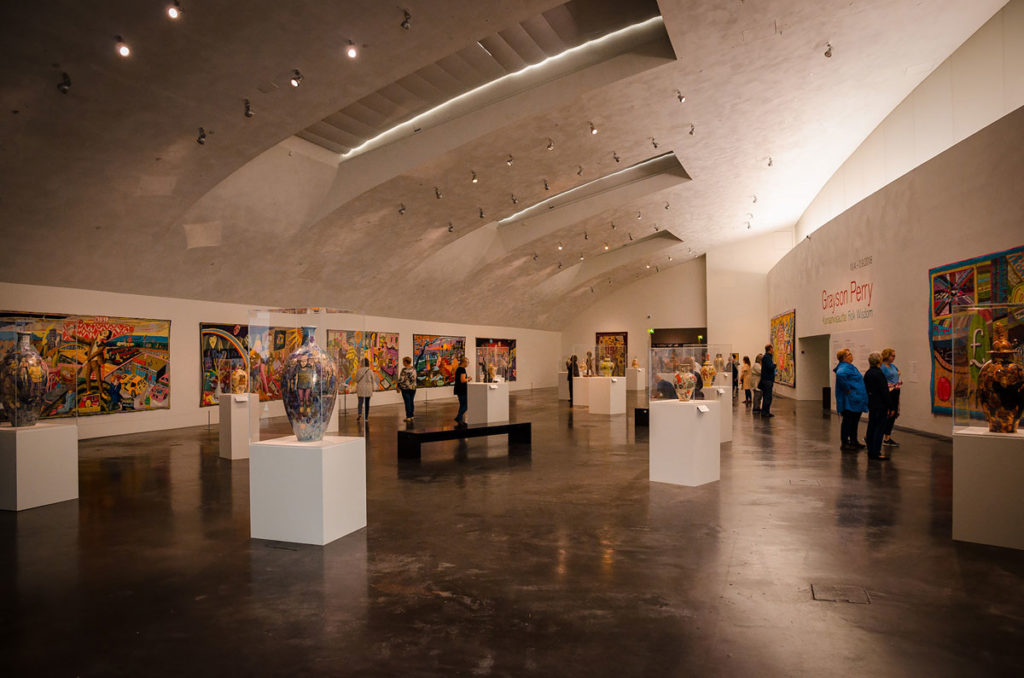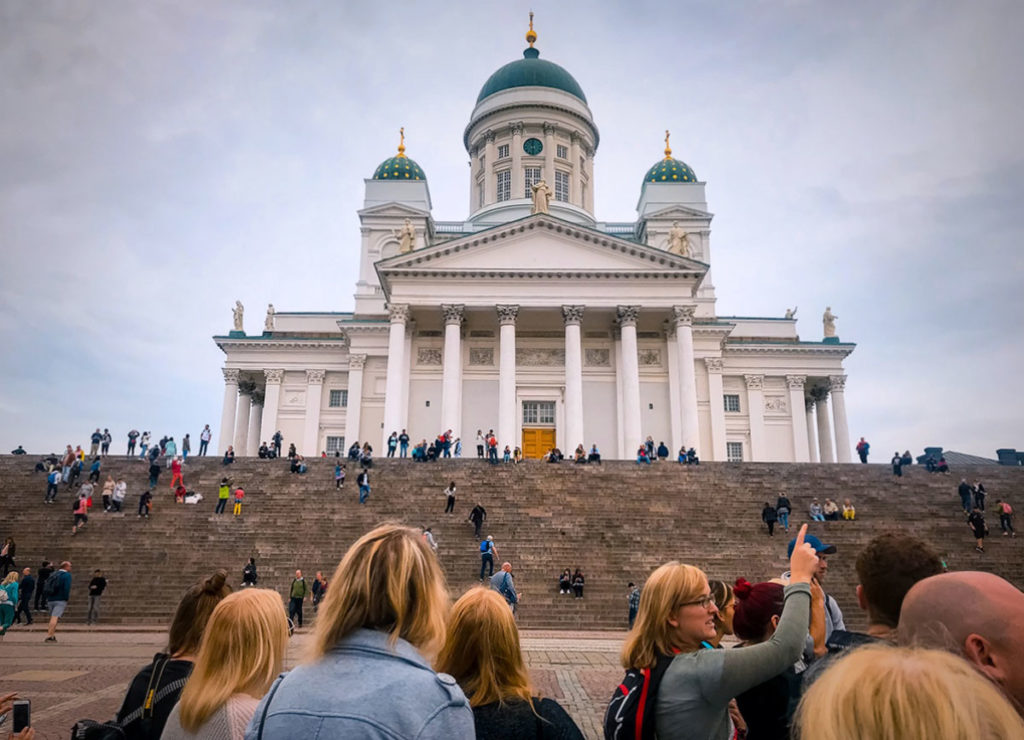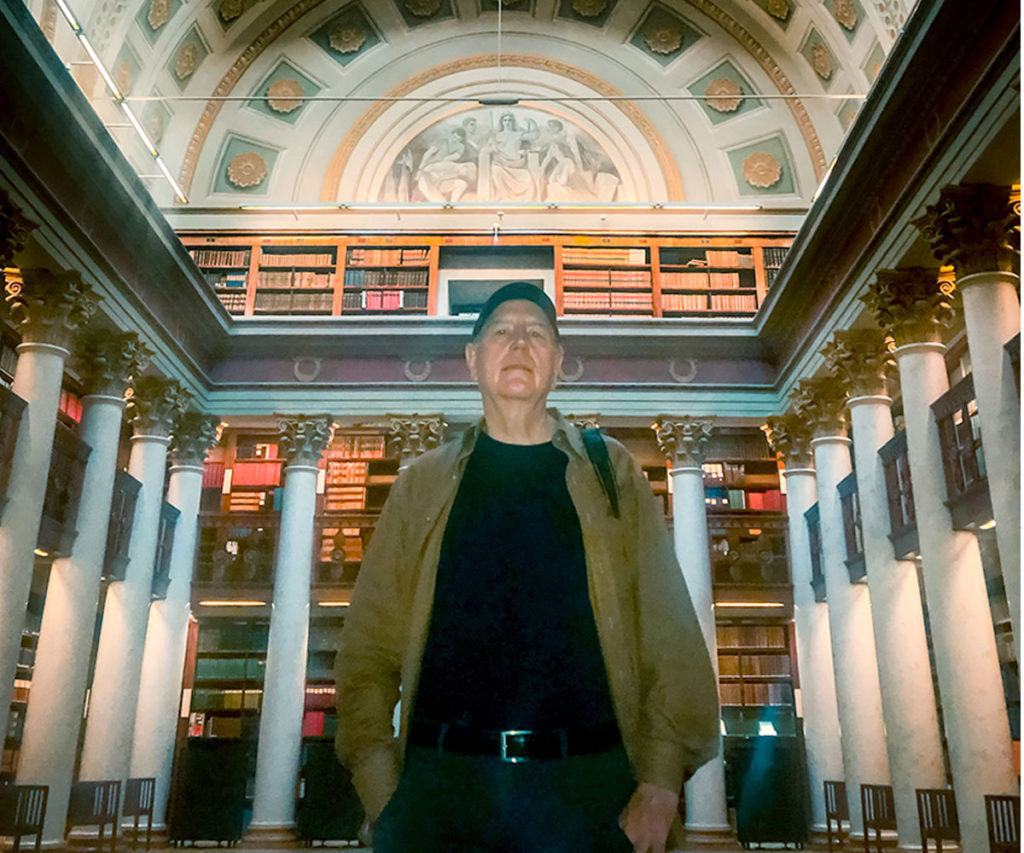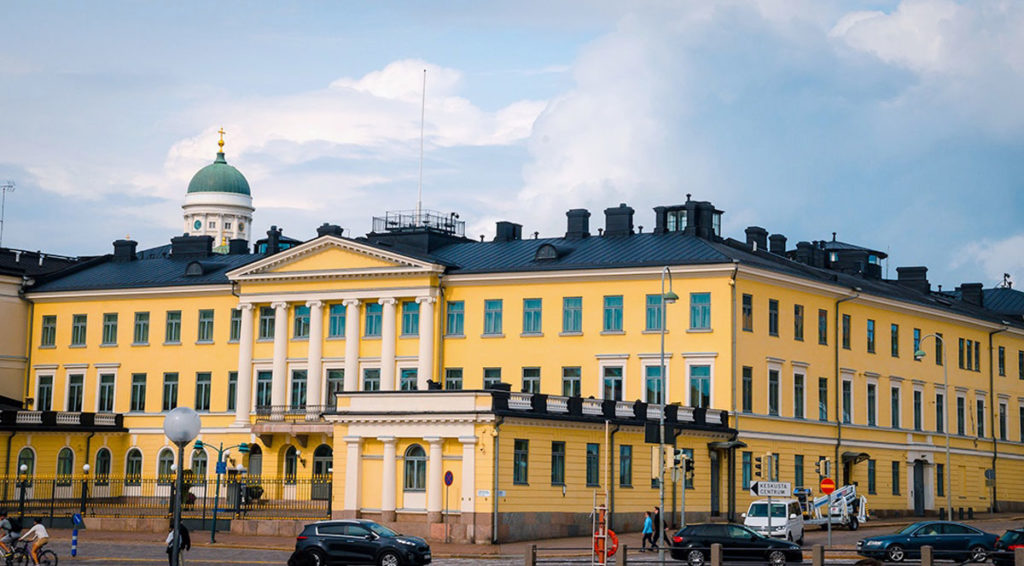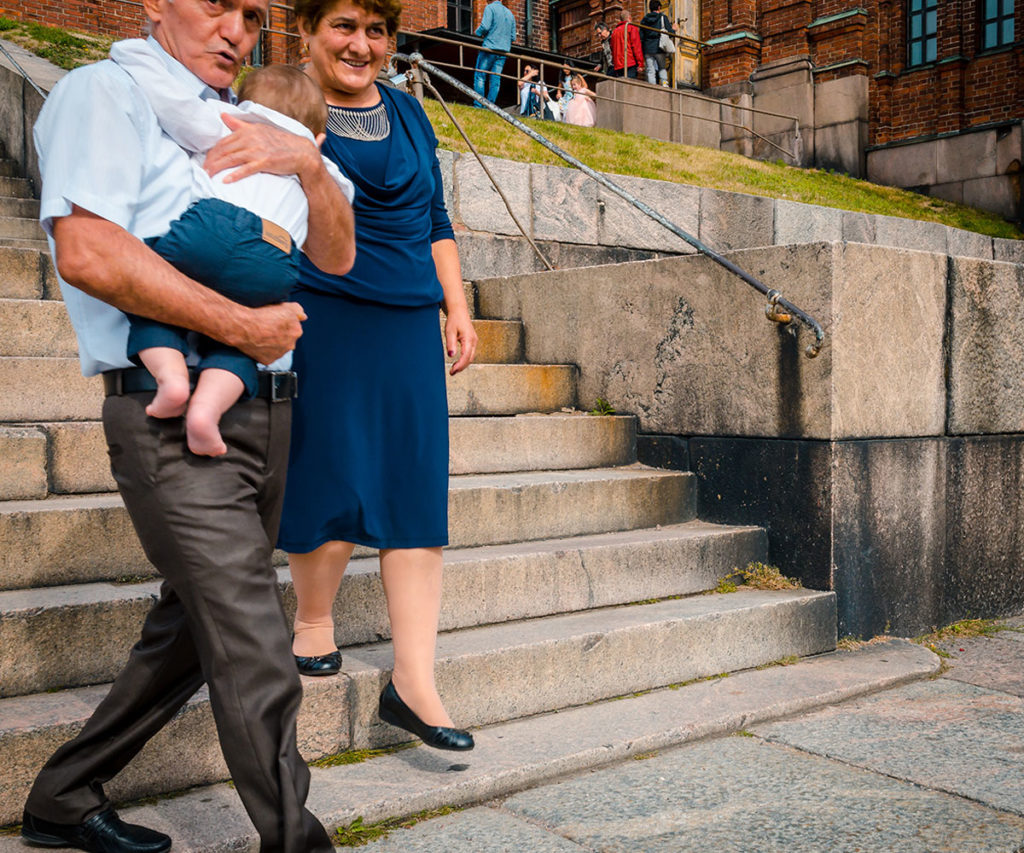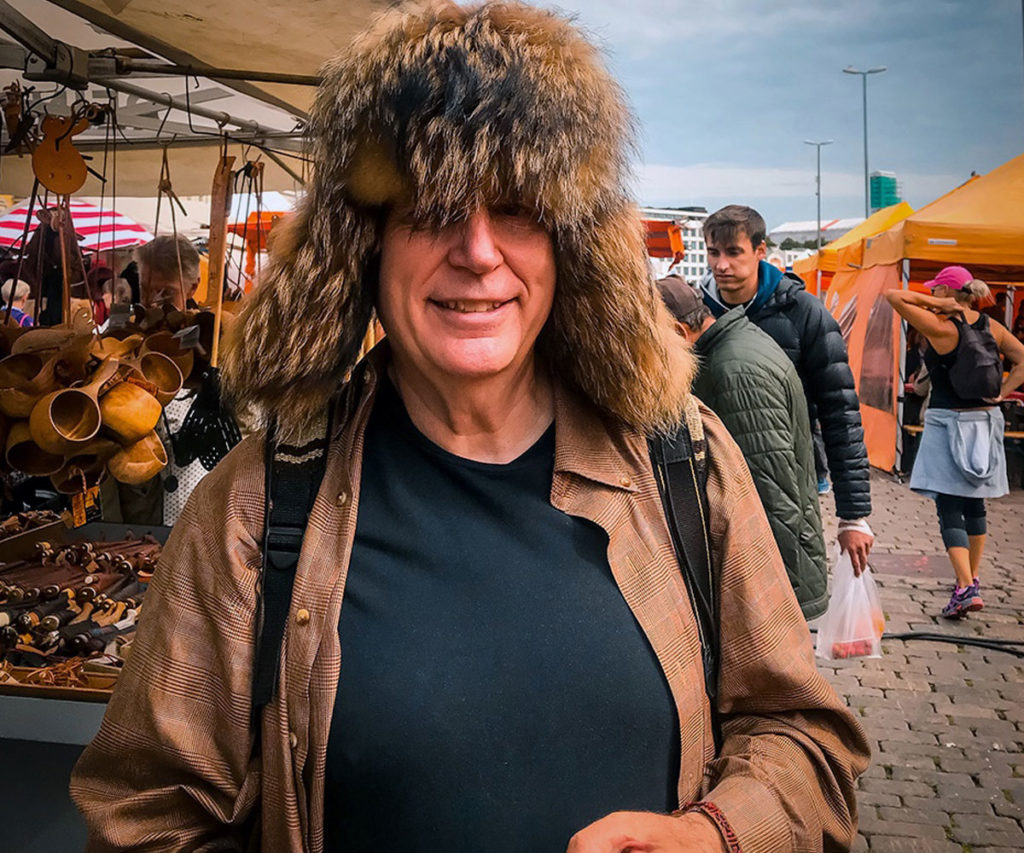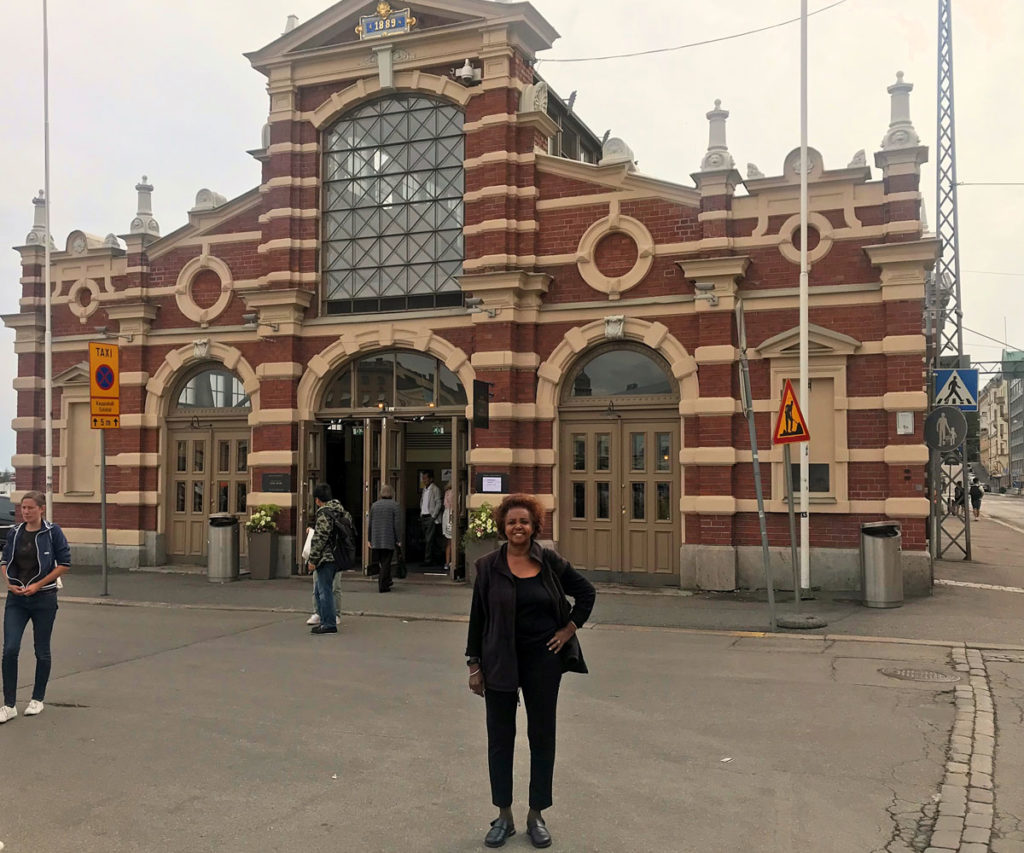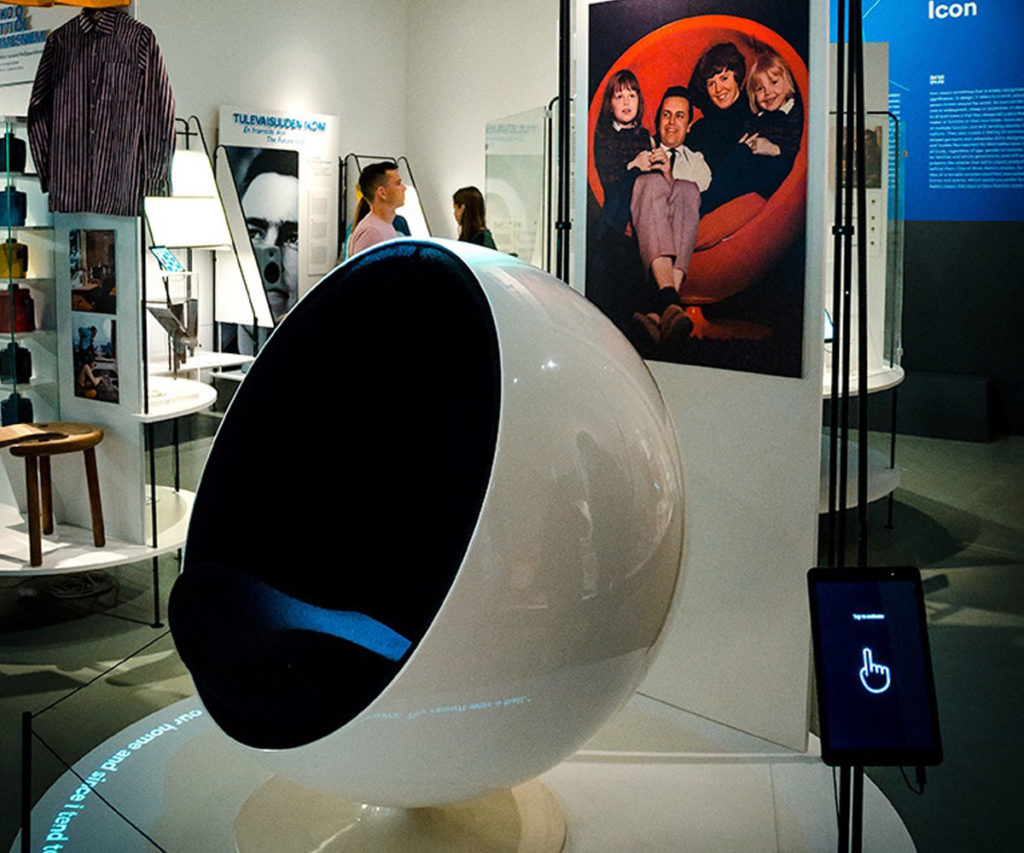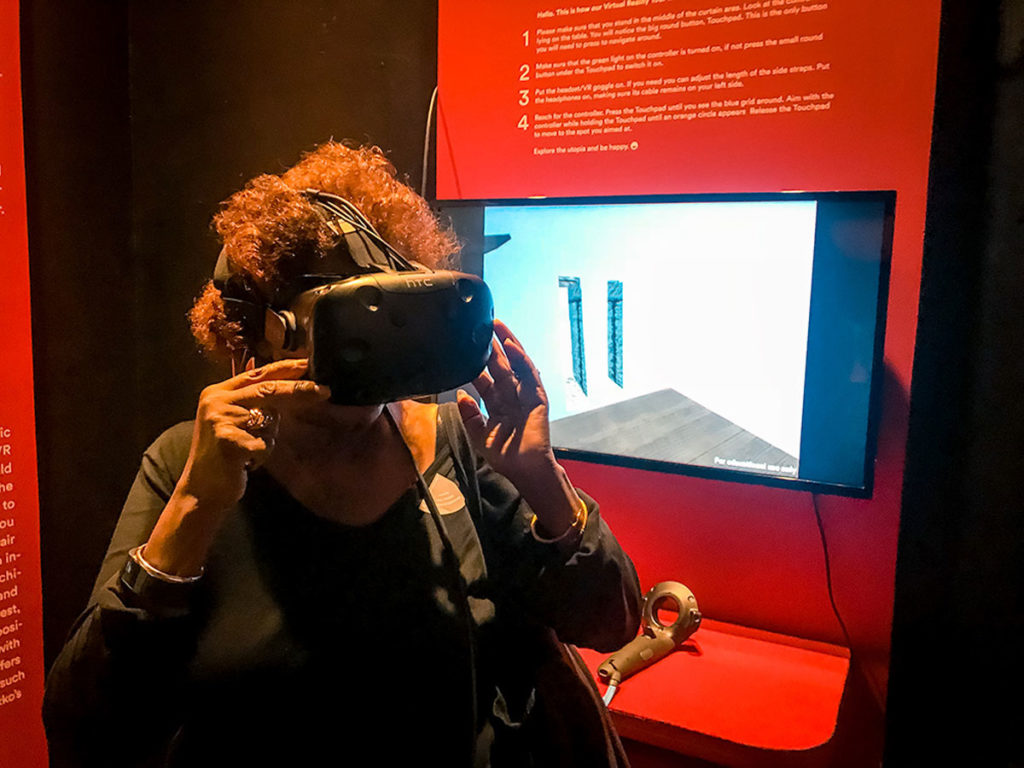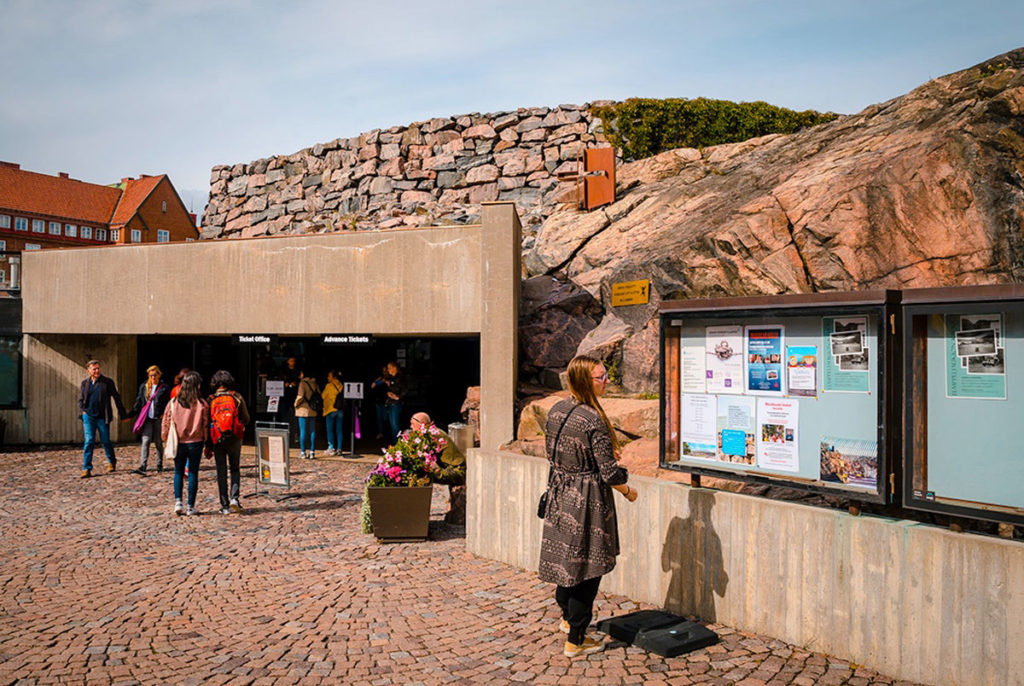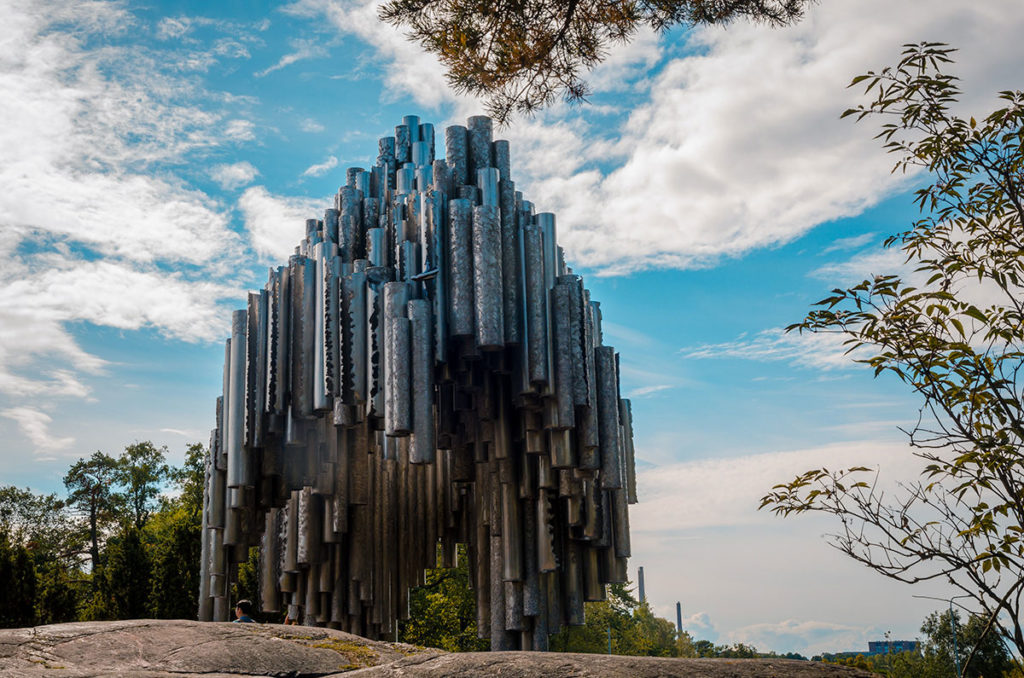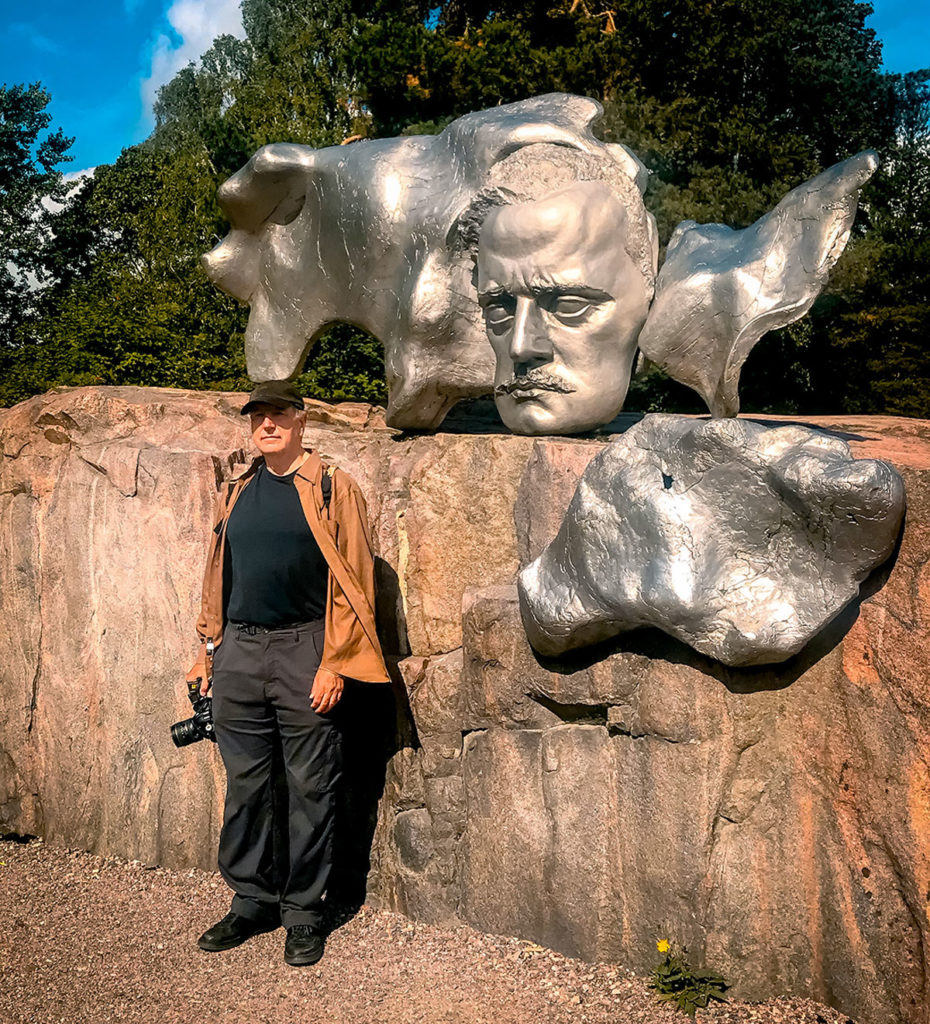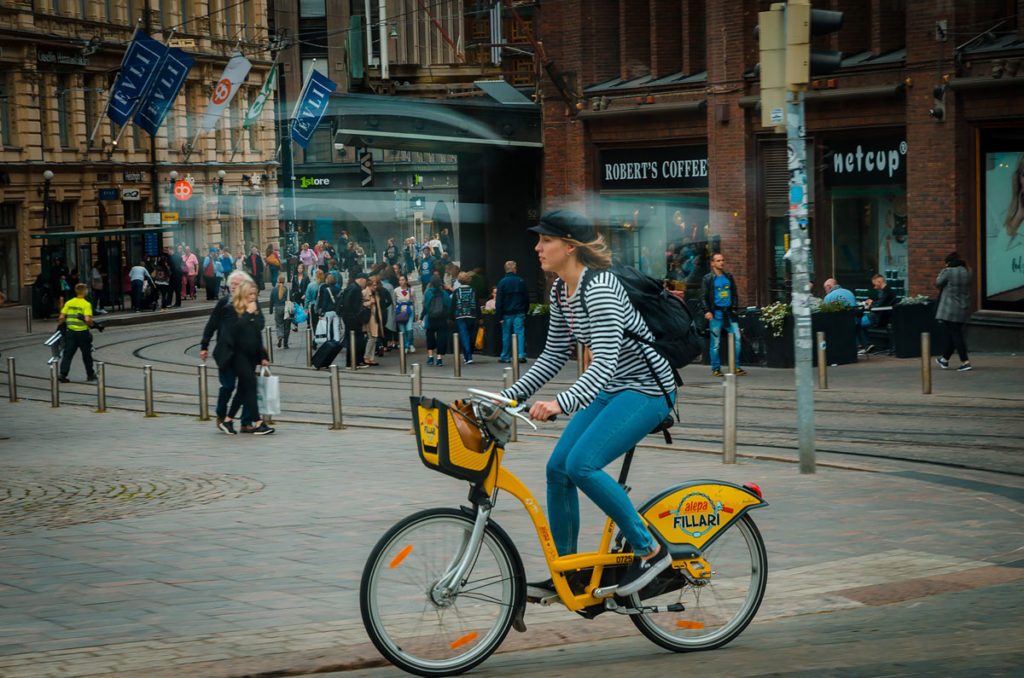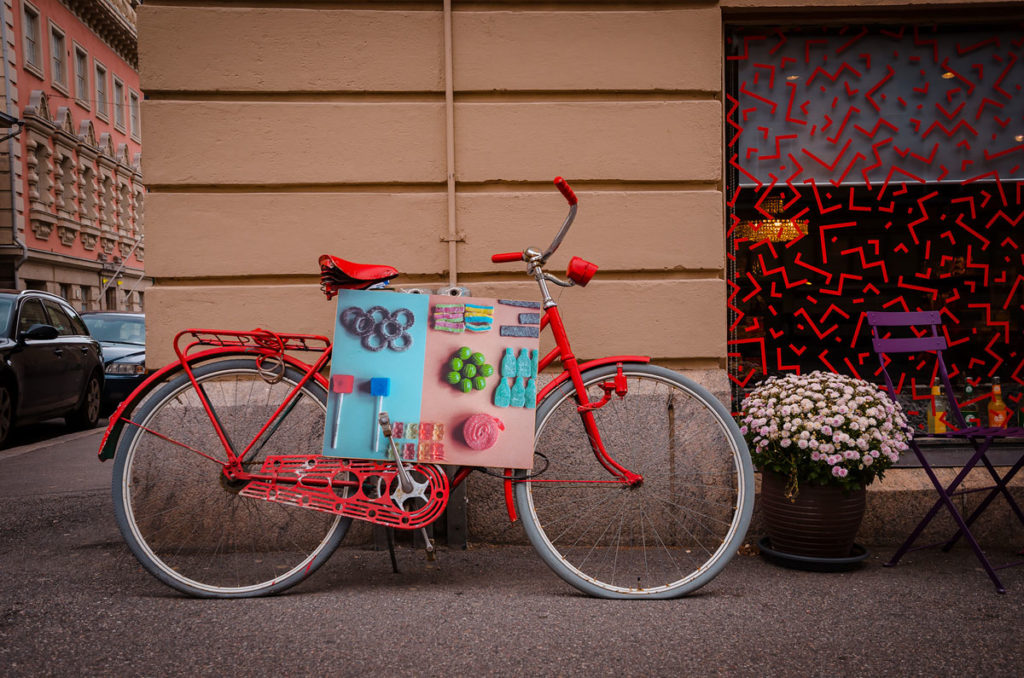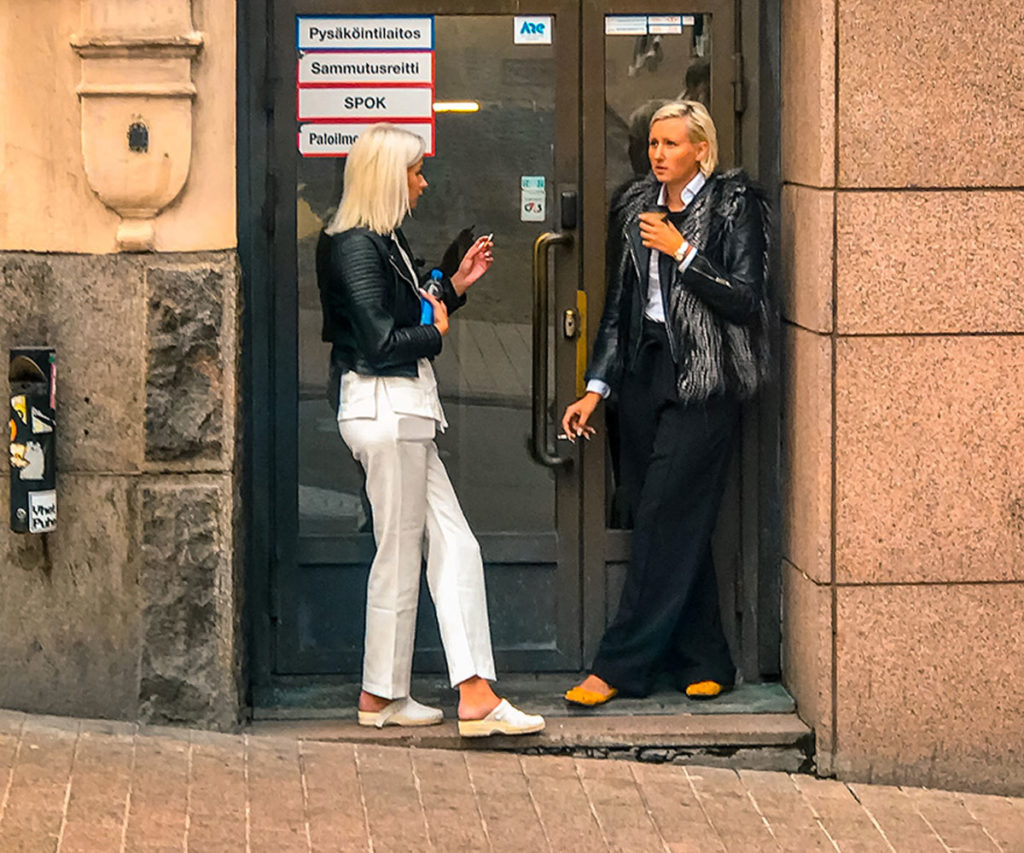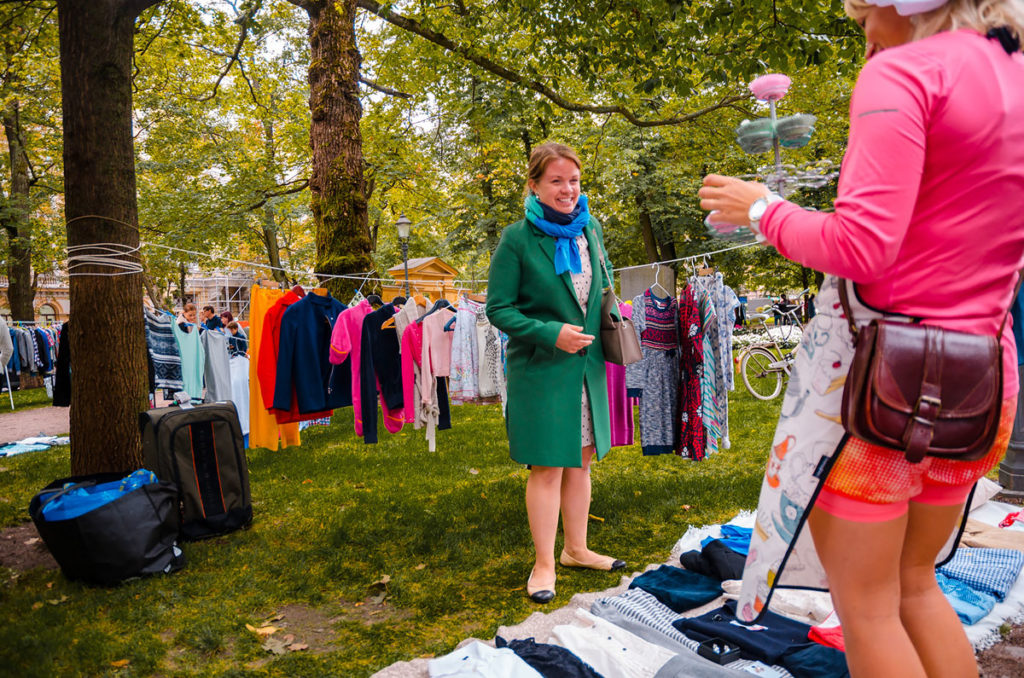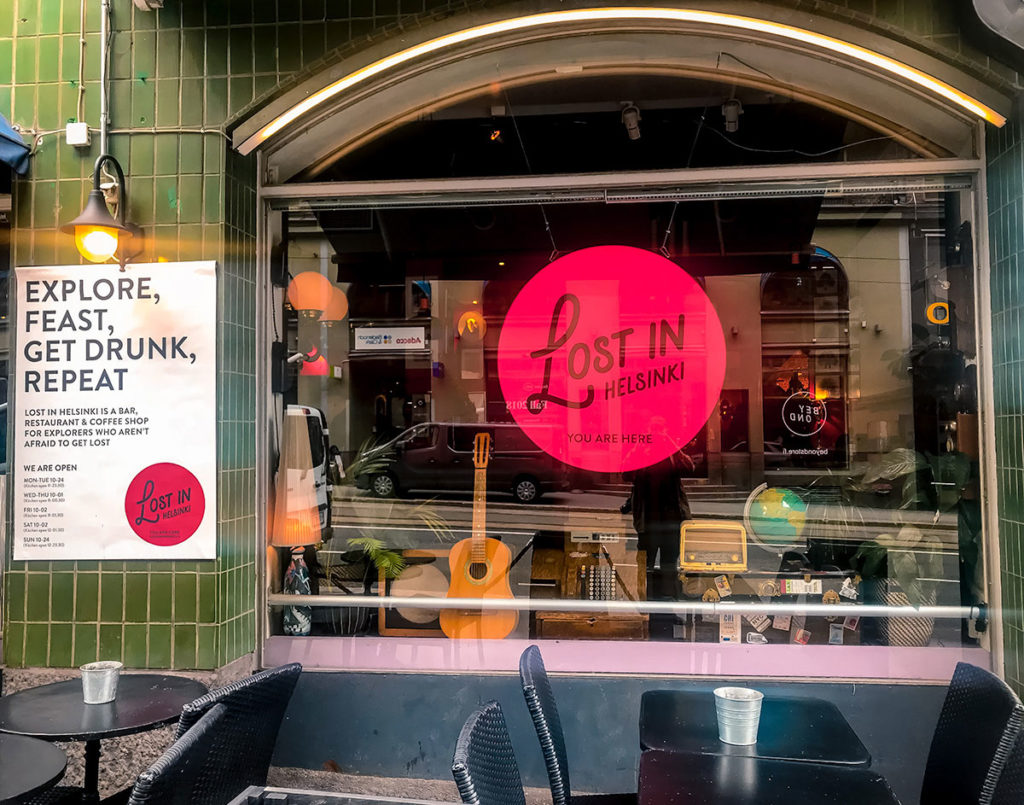Introduction
We were in Helsinki, Finland for the first time in our lives. We did not have friends living here as we do in most countries we go to. We arrived by train in the city at the monumental Art Nouveau Central Station.

We walked the streets for hours, as is our normal way.
We saw many impressive and well-known sites, including the Helsinki Cathedral.
Before we left New York, Wif, an Instagram follower living in Helsinki, contacted me as I had mentioned in my profile section we will be going here. We did not know each other and had no common acquaintances. After many direct messages while in Helsinki, we arranged to meet by Eläintarhanlahti Bay.
We met at Juttutupa, a restaurant and bar founded by the Helsinki Workers’ Association in 1884. For decades it was a gathering place of labor unionists and revolutionary socialists.
Wif brought two friends along, Mike from Manchester UK and Pete from Sacramento, California, both living in Helsinki. Wif and Mike have been married to Finnish women and lived in Helsinki for over 30 years. Wif snapped this picture of us.
Wif is a journalist who writes about jazz and international music. That evening he was going to the nearby Huvila Festival Tent to see Fatoumata Diawara from Mali and Meklit from Ethiopia and San Francisco. So, much of the conversation was about international music, as everyone was a fan. In the course of the conversation, Mike turned us onto the Éthiopiques collection which features modern Ethiopian music, especially the golden years in the 60s and 70s. He thought albums 4, 14 and 21 were the best.
Helsinki may be remote, but It attracts individuals to visit and even live there because it is a vibrant city teeming with culture, design and sophistication.
This encounter shows that through travel you constantly meet interesting folks, learn new things and experience the unanticipated.
Our Story
This was the last leg of Khadija’s and my trip to the northern European countries of Sweden, Norway and Finland in August 2018. We spent an incredible three weeks, each day interesting and fun.
Background
Finland is characterized by forested flat land with hundreds of thousands of lakes and islands. We often saw a lake, harbor or channel.
Finland shares long borders with Russia and Sweden. Most of the time, Finland was under the rule of one or the other and became independent only in 1917. As a result, Finland’s two official languages are Finnish and Swedish and Russian is the third most spoken language. Before coming here, I did know that over 5% of the population (about 300,000 of 5.5 million) speak Swedish as their first language. It explained why streets had names written in both Finnish and Swedish.
We found Finland incredibly interesting, as it is not easy to pigeon-hole it into a few categories.
It has invested heavily in education and research and development. Consequently, in the 90s, Finnish student Linus Torvalds created the open-source Linux operating system and the flagship company Nokia was a leader in cell phone manufacturing. After Nokia’s dramatic decline, the Finnish tech industry expanded in other areas including mobile games (e.g. Angry Birds) and mobile apps (e.g. Wolt that facilitates food orders with local restaurants).
Finland is world-famous in design. Just one example is Alvar Aalto’s series of organically-shaped glass vases which were a revolutionary statement in the 1930s. Inspired by waves (“Aalto” in Finnish) in the water, the vase is one of the most famous glass objects in the world.
The Kiasma Museum (the design was chosen from an international competition) is a soothing combination of winding staircases, curving corridors and long ramps.
It is not just major cultural buildings with a design flair, but also everyday walking and bicycle paths.
Despite this high-tech and modernistic inclination, there is a side of the culture that enjoys primitive and whimsical endeavors. The Finns have a fascination for folk tales and mythology. We were amused by the trolls guarding a building. 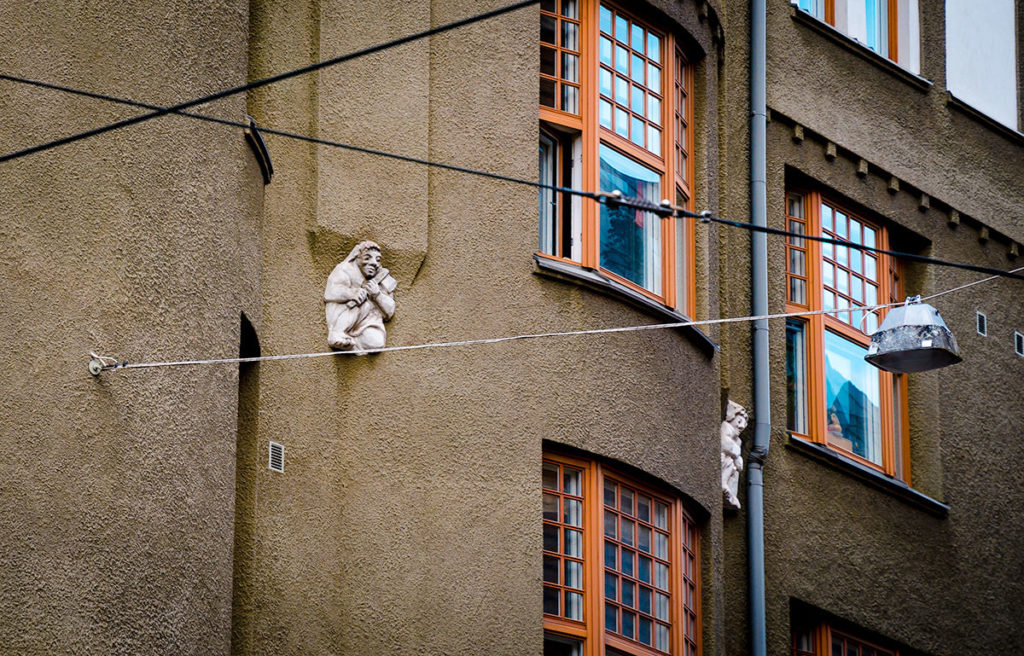
We could not figure out what this statue was, but it had a Finnish appreciation for the absurd.
We found out that Finland had more metal bands per capita than in any other country. We noticed this as walked down certain streets.
We were happy to visit such a dynamic country and city.
Nordic Versus Scandinavian
Finland is often thought of as Scandinavian, along with Sweden, Norway, Denmark and sometimes Iceland. However, Finland’s language is from the Ural mountains (and a distant relative of Hungarian) and is not Germanic like those of the other countries. Only the northern area of Lapland in Finland is part of the Scandinavian peninsula. As we walked through Helsinki, we saw the influence of Russia (which ruled it from 1809 to 1917) with Orthodox churches and some Slavic-looking women wearing babushkas. I classify Finland as a Nordic country, not Scandinavian.
Language
For English speakers, Finnish is a hair-raising (pöyristyttävästi) experience to guess the meaning and pronounce. Finnish shares the Swedish alphabet with 29 letters, adding Å, Ä, and Ö to English, plus other letters in loan words such as Š and Ž. We were there only a few days, so we stuck to English which everyone we met spoke to some extent.
Overview of Helsinki
Helsinki is Finland’s capital city and was founded in 1550 by Swedish King Gustav as a port for trade on the Baltic Sea to compete with Tallinn, Estonia.
We stayed in the Indigo Hotel on Bulevardi, a 15-minute walk from Central Station. This area was mostly composed of four to five-story buildings built in the 19th and 20th centuries.
We could walk or take the tram to everywhere we went.
It was easy to pay for things using credit cards and figure out prices, as Finland uses the Euro which was about 15% more valuable than the US dollar when we were there.
We did not use the Helsinki Card as we went to only three museums and walked most of the time. For the tram, we bought 24-hour cards for €9/person.
Helsinki Central Station
The Helsinki Central Station is a massive building which anchors the center city.
It was designed by Eliel Saarinen, father of architect Eero who designed the Gateway Arch in St. Louis and many other famous structures. The station is an interesting Finnish example of Art Nouveau architecture, popular worldwide from the 1890s to 1910s. It is a massive, granite-covered building with romantic ornamentation such as the two statues on either side of the entrance called the “Lantern Carriers”
The building is asymmetrical as the 50m (165 ft) clock tower stands at one end.
Ateneum Art Museum
We spent a couple of hours in the Ateneum. The museum’s collection spans Finnish culture for the whole 19th century and the first half of the 20th century. It opened in 1887, three decades before independence as the Finns wanted to promote their culture which had been dominated by foreign powers for centuries.
The building is a Neo-Renaissance design with a neo-classical symmetry with elaborate geometric patterns.
I found the room with art portraying the Kalevala, a collection of ancient Finnish folk poems, to be especially interesting.
The definitive edition was published in 1849 and it is now considered the national epic of Finland. JRR Tolkien, Lord of the Rings author, was profoundly influenced by many of its plot elements including a powerful magical object, orphan heroes on a quest and battles between brothers. One of the epic’s stories, “Kullervo”, is believed to be the basis for Shakespeare’s Hamlet – a young man’s revenge on his uncle for killing his father.
Kiasma Museum of Contemporary Art
Kiasma takes the concept of contemporary art seriously, there are no permanent collections, only temporary exhibits that display recent works. When we visited, there was an exhibition of Grayson Perry, a creator of ceramics, tapestries and paintings. He is renowned for amalgamating incongruous elements such as religious themes and modern conveniences. His work includes political and social critique and autobiographical references. It is usually full of details and pretty interesting to look at.
There was a humorous and creative exhibition called Aalto Natives by the artist duo Erkka Nissinen and Nathaniel Mellors about two aliens who returned to explore Finland, a place they created millions of years ago. One installation depicts grumpy, complaining men.
The place is fun and exciting (if you like art) to visit.
Helsinki Cathedral
The Helsinki Cathedral is a symbol of Helsinki and probably the most famous building in the country. The green-domed, Lutheran cathedral was built on the site a smaller church dedicated to the Queen of Sweden. After a fire destroyed much of Helsinki, the new Russian rulers built a new one from 1830 to 1852. It was named Saint Nicholas Cathedral in honor of Czar Nicholas I. Upon Finnish independence, it was then known as Helsinki Cathedral.
The neoclassical building covers a Greek Cross floorplan which each arm has the same length. After the death of the original architect and manager of the construction, there were a number of additions including four smaller domes on the top, a bell tower, a side chapel and larger-than-life zinc statues of the twelve apostles. The entrance is on the side facing the National Library and not the top the plaza steps where I expected it to be. The chapel is more humbly adorned than the exterior and we did not have to pay to enter.
National Library
We took a few minutes and went into the National Library across from the cathedral. It was well worth our time to see this masterfully built structure with an amazing center hall and dome.
It was even grander but World War II bombing destroyed a great deal of the original detailing.
Presidential Palace
We walked by the yellow neoclassical Presidential Palace, the office of the President. It has been the site of many head-of-state meetings between the US and Russia/USSR. Finland has a long border with Russia, a country many times larger in area and population. Because of this imbalance is size, Finland has no choice but to carefully manage the relationship (thus they did not join NATO). As a result, it is considered neutral ground for the US and Russia to meet.
The most significant US-Russia summit was in 1975 between Gerald Ford and Leonid Brezhnev. They signed the Helsinki Accords with 33 other nations pledging to respect post-World War II borders.
In 1990, George H W Bush gained Mikhail Gorbachev’s support for tougher sanctions against Iraq’s Saddam Hussein prior to the Gulf War. In 1997, Bill Clinton and Boris Yeltsin agreed to reduce their strategic warheads by a third.
A month before we arrived Donald Trump met with Vladimir Putin. Trump said he believed Putin’s denial that Russia did not interfere with the 2016 US elections, contrary to the assessment by the US intelligence community.
Uspenski Cathedral
We climbed the hill on Katajanokka Island to enter the Uspenski Cathedral. It was completed in 1868 and is one of the largest orthodox church in Europe.
The basic design is common in the Slavic world and based on a church near Moscow that was built in the 1500s. The exterior deep-red bricks were from a fortress in Åland (an island in the Baltic Sea that once was Russia’s westernmost outpost and today an autonomous part of Finland) that was destroyed during the Crimean War. The cathedral has 13 onion-shaped domes representing Christ and the apostles. On the back is a plaque commemorating Emperor Alexander II of Russia, ruler of Finland during construction.
The interior has a strong Byzantine influence with extensive mosaics and inlays, round arches, gold highlights, resplendent decorations, soaring spaces and a domed roof.
The cathedral is not a museum relic but an active church. We saw this child, carried by his grandparents, baptized while we were there.
Market Square
Market Square (Kauppatori) is between the Helsinki and Uspenski Cathedrals, at the end of the busy South Harbor used by cargo and cruise ships. It is full of stalls selling local food (e.g. Finnish meat pies and fresh berries) and Finnish souvenirs. I considered buying this fur hat but felt it was overkill for New York City.
We could not miss Helsinki’s iconic Havis Amanda statue and fountain located next to Market Square. It was sculpted in Paris in 1906 and installed here in 1908. She was created to symbolize the rebirth of Helsinki. I love her coquettish facial expression. The naked mermaid (with legs and not a tail) was called many names but eventually “favorite by the sea” in Swedish stuck. As it is well-known, easy-to-spot and centrally located, it is a frequently used meeting point.
We spotted this attractive building on the harbor, a few minutes walk from Market Square. It was the recently renovated Old Market Hall, a food market since 1889.
Design Museum
The Design Museum displays Finnish-designed products on a decade-by-decade basis since 1870. We were amazed by the magnitude of creative and functional designs from Finland.
There is a section for Eero Aarnio, the Finnish interior designer famous creating the Ball Chair in the mid-60s and other plastic and fiberglass furniture.
A lot of the Finnish energy in recent decades has gone into high-tech applications, such as this virtual reality device Khadija was checking out.
We are thankful we did not miss this, as it revealed a great deal about Finnish culture.
Rock Church
The Rock Church (Temppeliaukio) is a Lutheran church made from an excavation of a hill of granite. The relatively small site is a working church, tourist attraction and concert venue.
The municipality had discussed building a church since 1906. In the 1930s, there was a design contest, but nothing was accepted. World War II temporarily halted plans and nothing could be considered until 1961 when Finland paid off its WWII reparations…
(As an aside, the history of Finland’s involvement in WWII is fascinating. They first fought against an invading Russian army in 1939 – the Winter War. While they put up a spirited resistance, they eventually negotiated peace and ceded land to Russia. In 1940, they were legitimately worried about another Russian invasion, they accepted aid from Nazi Germany and soon afterwards joined them to invade Russian, as the enemy of my enemy is my friend. This is known as the Continuation War. In 1944, Russia attacked again and an exhausted Finland signed the Moscow Armistice. At the end of 1944, Finland fought the Nazis in Lapland where there were large nickel mines in the so-called Lapland War. The Germans soon retreated but destroyed the entire northern half of the country leaving about 100,000 people homeless. As part of the Paris Peace Accords, Finland was classified as an ally of Nazi Germany, and required to pay reparations. Out of all the countries assessed reparations, Finland was the only one universally agreed to have paid in full.)
…Back to the Rock Church…In the 1960s, another competition was held and Architect brothers Timo and Tuomo Suomalainen (whose surname means ‘Finnish’) won the contest. Initial public opinion was initially negative as it did not look Christian-enough, resembled a war bunker and cost too much. The plans were scaled back, construction ensued and it was opened in 1969. Almost immediately it became a popular tourist attraction and a much-used concert venue. While we were there, we listened to a rehearsal.
Sibelius Monument
We took a tram several stops and walked to Sibelius Park by asking directions from locals (instead of following the blue dot on Google Maps). We saw a couple of tourist buses in the park and correctly assumed the Sibelius monument was nearby.
The monument was installed in 1967 in honor of Jean Sibelius (1865 to 1957), the famous Finnish composer. The monument looks like the pipes of an organ jutting out of the ground and is comprised of over six hundred welded steel pipes. I liked its abstract nature and guessed it was meant to represent musical sonic waves. However, the critics and public were confused about the connection to Sibelius and they added Sibelius face to a nearby rock outcropping.
He is considered the country’s greatest composer and was important in developing the Finnish national identity while under Russian rule. His 1899 Finlandia composition was a protest against increasing censorship and became a symbol of Finnish nationalism. To fool the authorities, it was played under different names, including “Impromptu”. I am listening to an eight-minute version as I write this. It is accessible to everyone, not just classical music fans, melodic with martial brass, sweeping string and prominent percussive elements. Others eventually added words with patriotic meaning or as Christian hymns.
Showing that success is often fleeting, he didn’t publish any music for the last 31 years of his life.
Street Life
I tried to pay attention to the street life while shuttling between the city’s attractions. As we were there for only a few days, I came to no conclusions about any aspect of the lifestyle and culture but had a few observations.
As with every northern major northern European city I have visited, Helsinki integrates bicycles into its public transportation system. While on a tram, I saw this woman riding a shared, yellow bike provided by the City.
I also saw a bicycle creatively used as an advertising display.
Speaking of signs, this was the most innovative No Parking sign I have ever seen.
The millennials were often fashionably dressed and healthy-looking…
…but at times indulging in bad habits such as smoking.
At a flea market in a small park, I noticed how some locals dealt with the cool weather with wrapped torsos and bare legs.
Finland has a long history of assimilating immigrants. On the streets, we saw a number of apparently non-European people.
However, the degree of integration seemed less than what we saw in Stockholm on this trip. According to public polling, the Finnish public wants to limit immigration.
Finally, this window reminded me of Night on Earth, the 1991 Jim Jarmusch movie about taxi rides on the same night in five cities around the world, including Helsinki.
In the film, the taxi driver and the passenger share heart-rending personal stories.
Final Thoughts
A friend of mine with in-laws in Finland said that Helsinki was not worth more than a couple of days. The guide books suggested using a day to take a ferry to visit Estonia. I feel the opposite, as I wish we had at least another three days to visit museums, see more architectural jewels and check out local music.
As with all trips, this one had to end. From here, we returned to New York.

